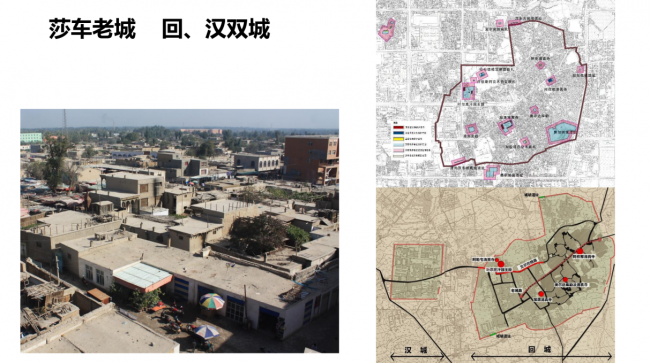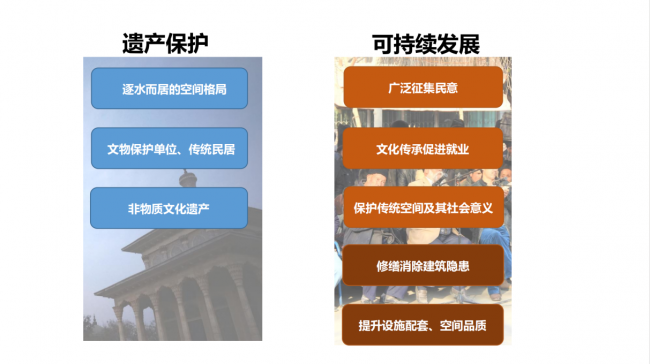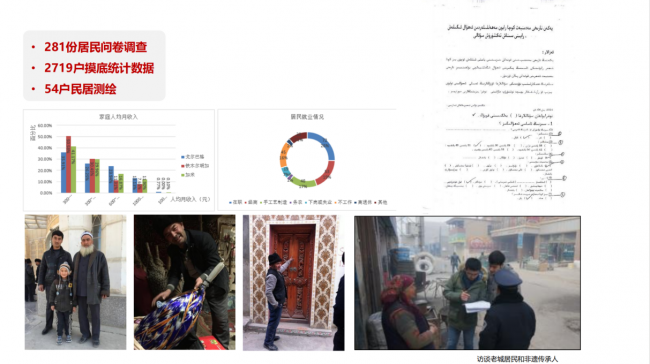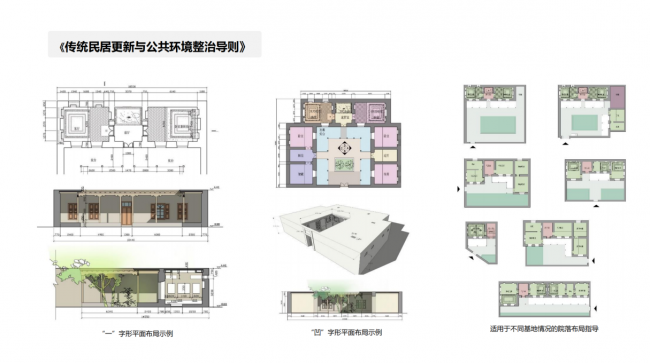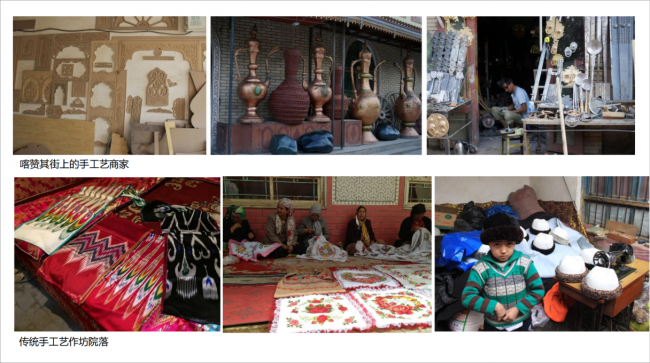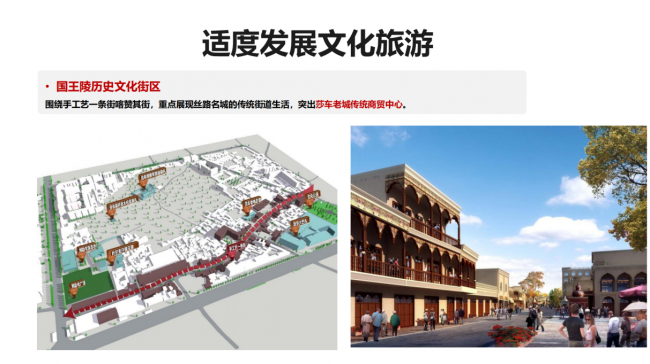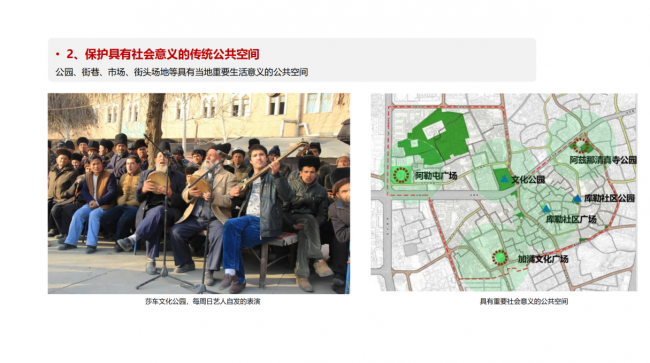| Sustainable Management of Urban Heritage: Shache Historical City, Xinjiang Province, China |
| From:Heritap Author:ZHANG Kai PublishDate:2024-03-18 Hits:1491 |
| Background Shache Historical City combines the characteristics of a Silk Road town, a desert oasis and a city of art. Located in the desert oasis where the Yarkant River flows, Shache is on the South Silk Road. During the 16th to 17th centuries, Shache belonged to the Yarkant Khanate. At that time, its music and intangible cultural heritage reached the peak with the compilation of 16 Uyghur Muqam of Xinjiang, which was inscribed on the Representative List of the Intangible Cultural Heritage of Humanity by the United Nations in 2005. The streets and patterns of Shache Historical City are complete, consisting of three main historical and cultural districts: the King’s Mausoleum, Garman Road and Ordakul. Shache has the Mausoleum of King Yarkand Khan, a national key cultural relics protection unit, and a collection of streets and traditional dwellings with the characteristics of southern Xinjiang.
Fig. 1 Shache Historical City The conservation planning of Shache Historical City is based on the perspective of sustainable development, taking into full consideration on its spatial pattern of living by water, cultural relics protection units, traditional dwellings and intangible cultural heritages. Since the majority of Shache’s residents are Uyghurs, the urban planning work also needs to widely solicit public opinion, rely on cultural inheritance to promote the employment of local residents, and protect the traditional public space and its social significance. At the same time, architectural hazards were prevented and supporting facilities and spatial quality were improved.
Fig. 2 Heritage protection and sustainable development of Shache 1. Respect for ethnic characteristics and extensive public participation In the preliminary research, researchers cooperated with Xinjiang University, made questionnaires in the Uyghur language, and interviewed local residents and intangible cultural heritage inheritors in the Uyghur language. By carrying out full-coverage social research, researchers took full respect for the ethnic characteristics and successfully collected 281 questionnaires, 2,719 households’ statistics, and completed the mapping of 54 dwellings.
Fig. 3 Preliminary research The questionnaires showed that more than 60% of the dwellings in the district were built after 2000. However, the overall appearance of the district remains a traditional old city. This is because the residents of Shache have been passing on their craftsmanship in repairing and renewing the houses generation by generation. Based on the results, the restoration work of Shache Historical City adopted a combination of government subsidies and residents’ self-renewal. The planning team first selected 45 most representative “excellent houses” and interpreted the architectural features from a professional and technical point of view. Then, they guided the local residents to repair their houses independently.
Fig. 4 Example of dwelling renewal guidance 2. Inherit of intangible cultural heritage and promotion of employment During the renewal, the employment of Shache has been driven by local intangible cultural heritage. The general education level of residents in Shache used to be low, while handicraft manufacture ranked third most common employment, with lots of shops making silk, embroidery, hats and other intangible cultural heritage in the neighborhood.
Fig. 5 Traditional arts and crafts of Shache Through the city renewal, traditional handicrafts are preserved and concentrated in specific spaces, such as the “Traditional Craft Display Residence”. Additionally, vocational training was carried out in some vacated old factories and a center for intangible cultural heritage has been established. In the future, Shache will regain its reputation as a center of multicultural exhibition and exchange. At the same time, Shache promoted cultural tourism by reconstructing Kazanqi, a street of traditional handicrafts to show the features of an old Silk Road town. It is highlighted that Shache is a traditional commercial center on the Silk Road.
Fig. 6 Cultural tourism development 3. Preservation of the regional characteristics and social significance of traditional spaces Public spaces with traditional significance were preserved during the reconstruction process through road planning. Residents of Shache cherished these public spaces very much. Every Sunday, the renovated cultural park becomes a venue for spontaneous performances by local artists.
Fig. 7 Preservation of public spaces The results of the renovation in 2022 showed that residents’ self-renewal of dwellings has made creations as well as carried out restrained renovation based on traditional style, improving the overall life quality of residents in Shache. The concept of sustainable development has been applied to the whole process of the renovation of Shache Historical City, taking full consideration of the local environment and respecting the traditional culture. |
|
|
- INTERNATIONAL CONFERENCE PRELIMINARY ANNOUNCEMENT & CALL FOR PAPERS
- Observation of the 46th Session of the World Heritage Committee
- Publication | WHITRAP Newsletter No. 63
- Training Workshop on Promotion of Ecotourism in UNESCO Designated Sites held in Mongolia
- The 2024 AWHEIC winners announced at the 46th Session of WHC
- News | UNESCO’s “World Heritage and Sustainable Tourism Programme” Phase II China Pilot Studies - Yellow (Bohai) Sea Migratory Bird Habitat Phase I Training Course Successfully Held
Copyright © 2009-2012 World Heritage Institute of Training and Research-Asia and Pacific (shanghai)


